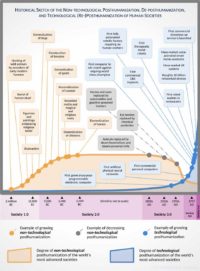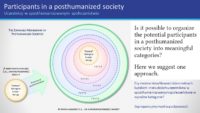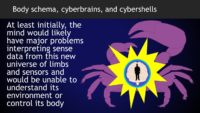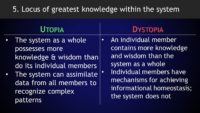Novel Forms of ‘Magical’ Human-Computer Interaction Within the Cyber-Physical Smart Workplace: Implications for Usability and User Experience

International Journal of Research Studies in Management (2019)
ABSTRACT: The growing use of advanced AI, ambient intelligence, augmented reality (AR), and virtual reality (VR) technologies of the sort found within the emerging cyber-physical smart workplace has been described as enabling new forms of human-computer interaction (HCI) that are “magical” in nature. This study shows that from an anthropological perspective, such a workplace environment can indeed be understood as “magical”; however, that “magicality” is a double-edged sword that can potentially both enhance and damage user experience (UX) for workers and other occupants of such environments. First, by analyzing existing social anthropological and philosophical anthropological accounts of magic, typical elements of magical practice are identified. Using Nielsen’s empirical analysis of HCI usability heuristics as a basis, a prospective heuristic evaluation is then carried out for the usability of a generic “magical” environment, in order to identify elements of magical practice that might be expected to enhance or impair user experience when they are required for interaction with the environment. A more specific heuristic usability evaluation is then performed for the “magical” aspects of HCI created by two kinds of constituent technologies that are typical for a cyber-physical smart workplace: those of (a) ambient intelligence and IoT-enabled systems and (b) AR and VR systems. It is shown that the magical aspects of HCI within the emerging cyber-physical smart workplace differ significantly in their potential UX impacts from the magicality involved with earlier forms of computing, and the implications of this fact for the management of future workplaces are identified and discussed.









